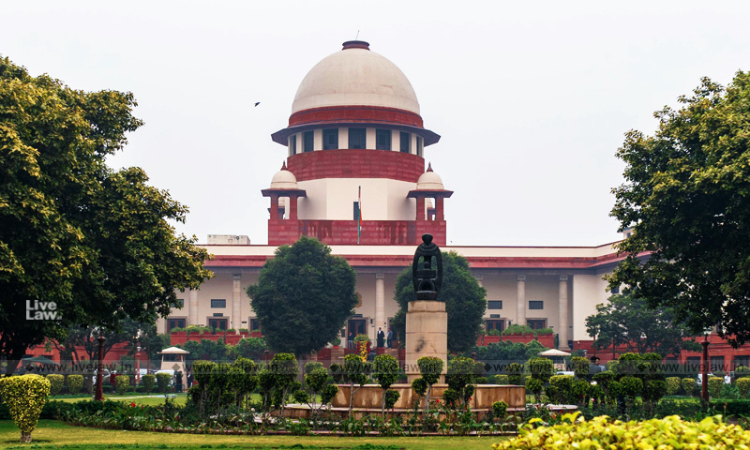"Set Up Anti-Corruption Courts Across Districts & Demonetize 100 Rupee Notes": Plea In Supreme Court
Sanya Talwar
22 Dec 2020 9:42 AM IST

Next Story
22 Dec 2020 9:42 AM IST
A plea has been preferred in the Supreme Court seeking anti-corruption courts, with a mandate to dispose of each case within a year in all districts across India.Filed on behalf of BJP Leader and Advocate Ashwini Upadhyay, the plea states that long-pending cases of economic offence and widespread corruption, slows down the development process in the country. "Due to long pendency of cases...
